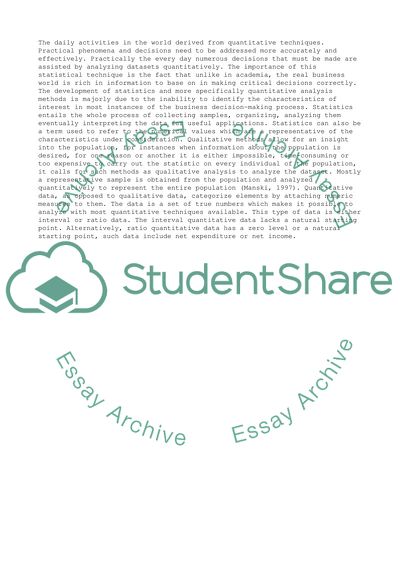Cite this document
(“Effect of Recession on International trade of UK Essay”, n.d.)
Effect of Recession on International trade of UK Essay. Retrieved from https://studentshare.org/business/1635007-effect-of-recession-on-international-trade-of-uk
Effect of Recession on International trade of UK Essay. Retrieved from https://studentshare.org/business/1635007-effect-of-recession-on-international-trade-of-uk
(Effect of Recession on International Trade of UK Essay)
Effect of Recession on International Trade of UK Essay. https://studentshare.org/business/1635007-effect-of-recession-on-international-trade-of-uk.
Effect of Recession on International Trade of UK Essay. https://studentshare.org/business/1635007-effect-of-recession-on-international-trade-of-uk.
“Effect of Recession on International Trade of UK Essay”, n.d. https://studentshare.org/business/1635007-effect-of-recession-on-international-trade-of-uk.


